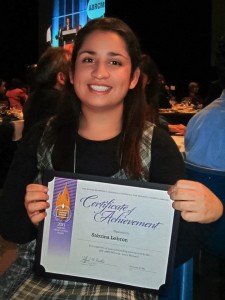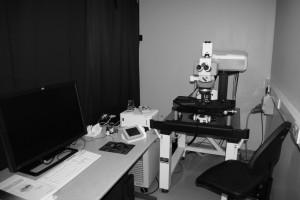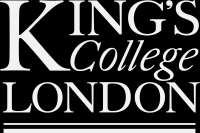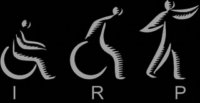
Sabrina
The main event this month was the Society for Neuroscience Annual Meeting in Washington DC. Matt co-chaired a minisymposium on ‘Short- and long-term plasticity at the axon initial segment’ which brought together six young(ish!) researchers to present their recent AIS work, and which was a huge amount of fun – lots of fresh data, some great talks, some lively questions, and a brilliant opportunity to spend some time talking science with others in the field. Thanks to everyone who contributed and to everyone who came along, especially those who spared the time to chat to us afterwards. The minisymposium also spawned a little cross-continental state-of-the-art review in the Journal of Neuroscience, which you should be able to read here.
Not forgetting the rest of the lab, Annisa and Mark were in DC, too. When we weren’t eating half-smokes or getting shot at, we were busy presenting two well-received posters which you can see here (Annisa, Mark). Thanks again to all those who took the time to come and talk about olfactory bulb and hippocampal AIS plasticity – we left the meeting with some extremely useful contacts and a lot of good feedback.
And while we’re in conference season, we just heard that Sabrina – our summer student from UC Irvine – presented her work at the ABRCMS meeting in St. Louis and came away with a poster prize. Jolly well done Sabrina!

 After a pretty quiet summer holiday period, we’re all back in the lab and moving things along nicely. Most excitingly, late September saw the arrival of our newest lab member: a beautiful Zeiss confocal microscope. Here she is in all her pristine glory – stunning cellular images to come as she accelerates the pace of our research no end (fingers crossed)…
After a pretty quiet summer holiday period, we’re all back in the lab and moving things along nicely. Most excitingly, late September saw the arrival of our newest lab member: a beautiful Zeiss confocal microscope. Here she is in all her pristine glory – stunning cellular images to come as she accelerates the pace of our research no end (fingers crossed)…


